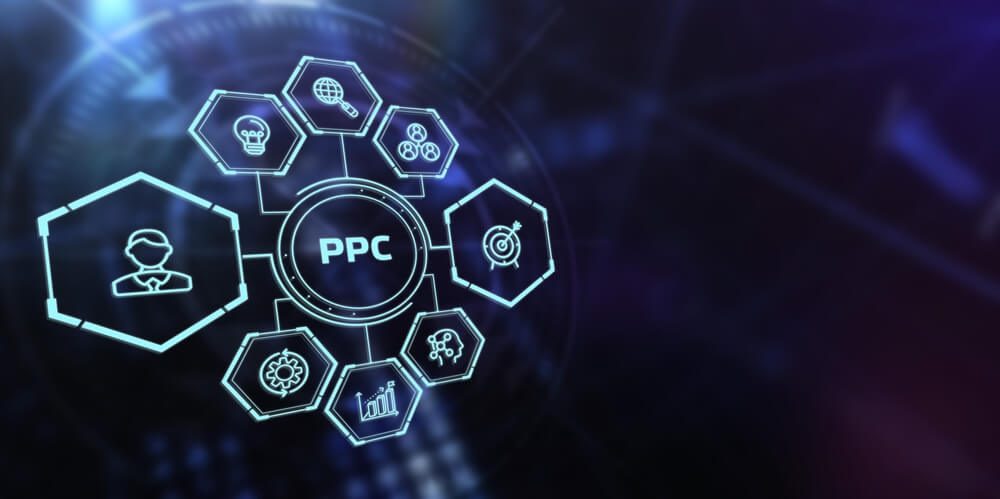
If done right, pay-per-click ads can get positive results for your business quickly. This is the primary reason busin...
Created a 41% increase in leads to a fintech company through cold outreach email campaigns
Comprehensive strategy leads to 81% increase in YoY leads for a longtime leader in environmental monitoring
300% Increase in lead generation for a B2B IT services business
.png')
Schedule a consultation with a DAP expert today and find out what we can do for your business.
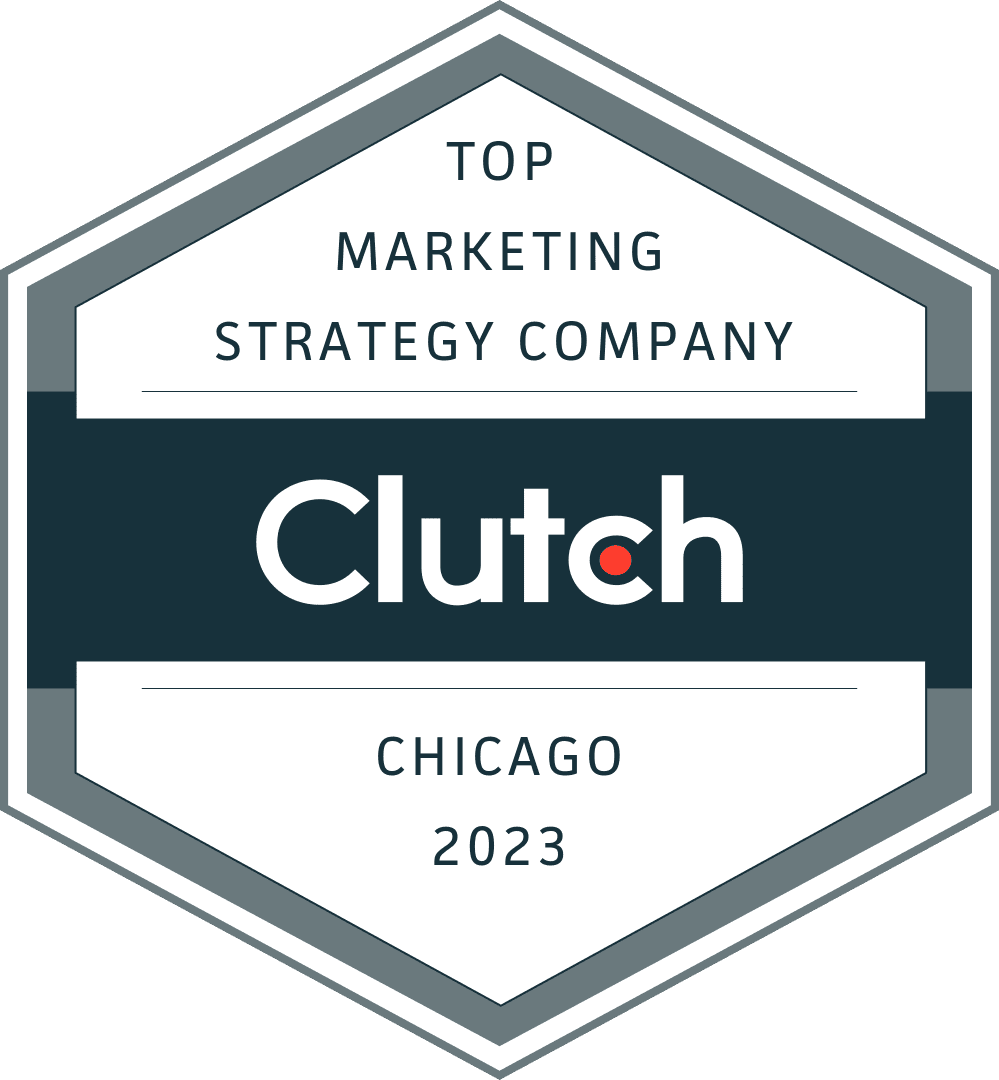
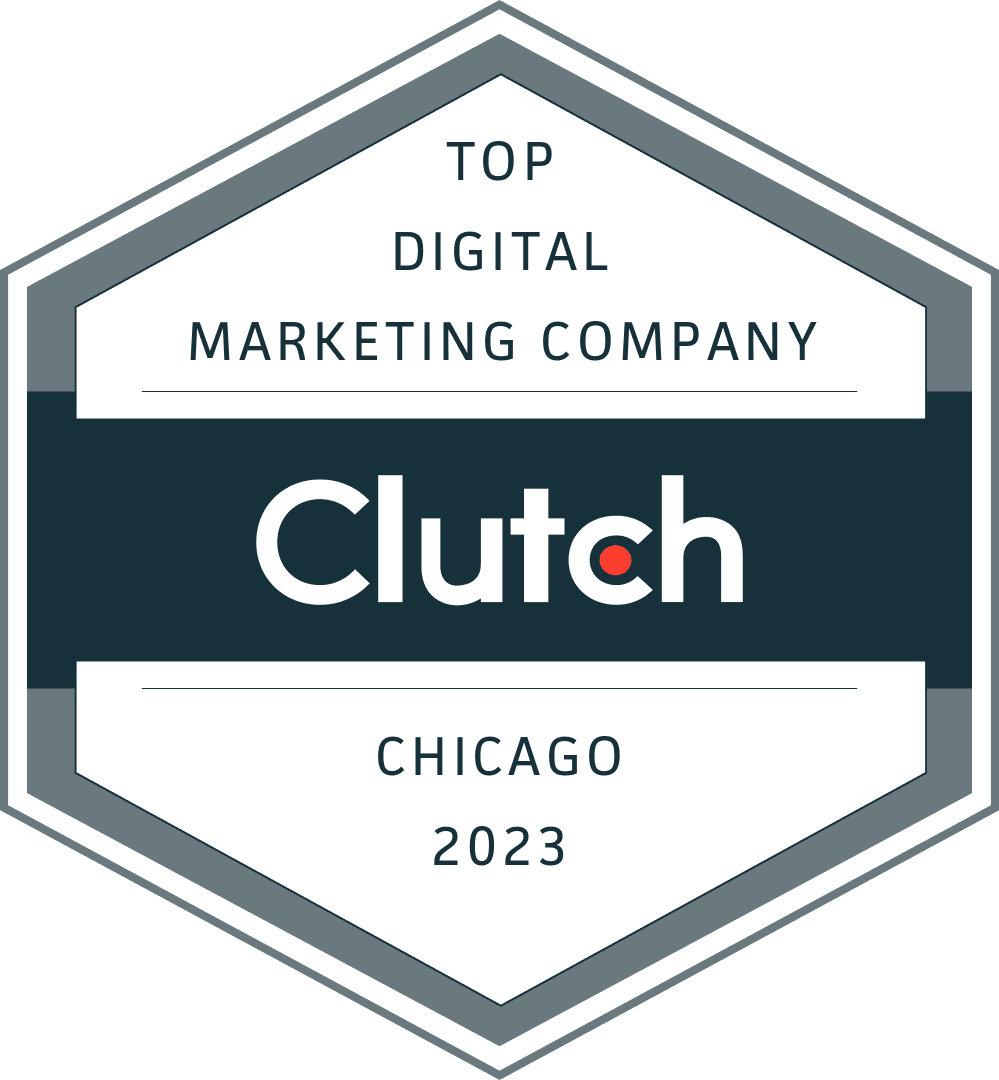
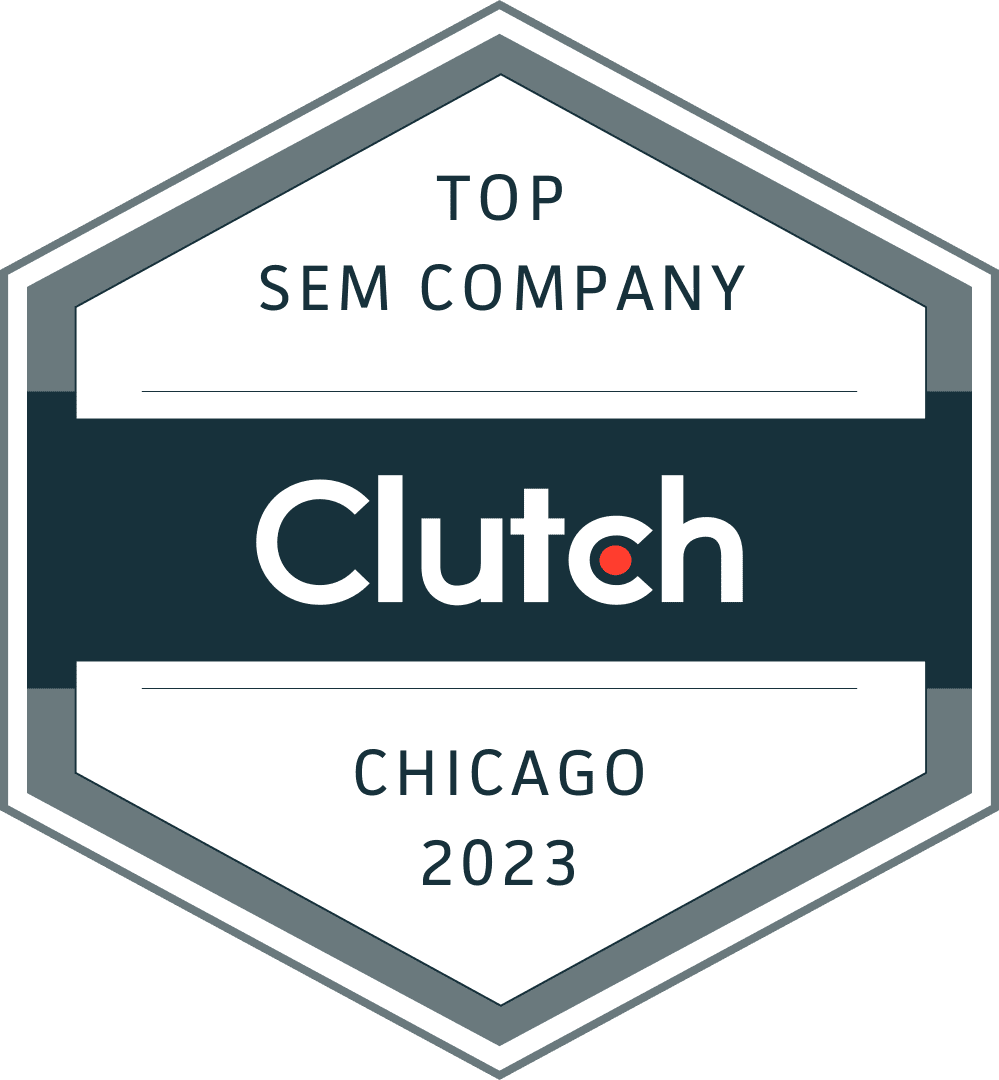
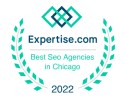
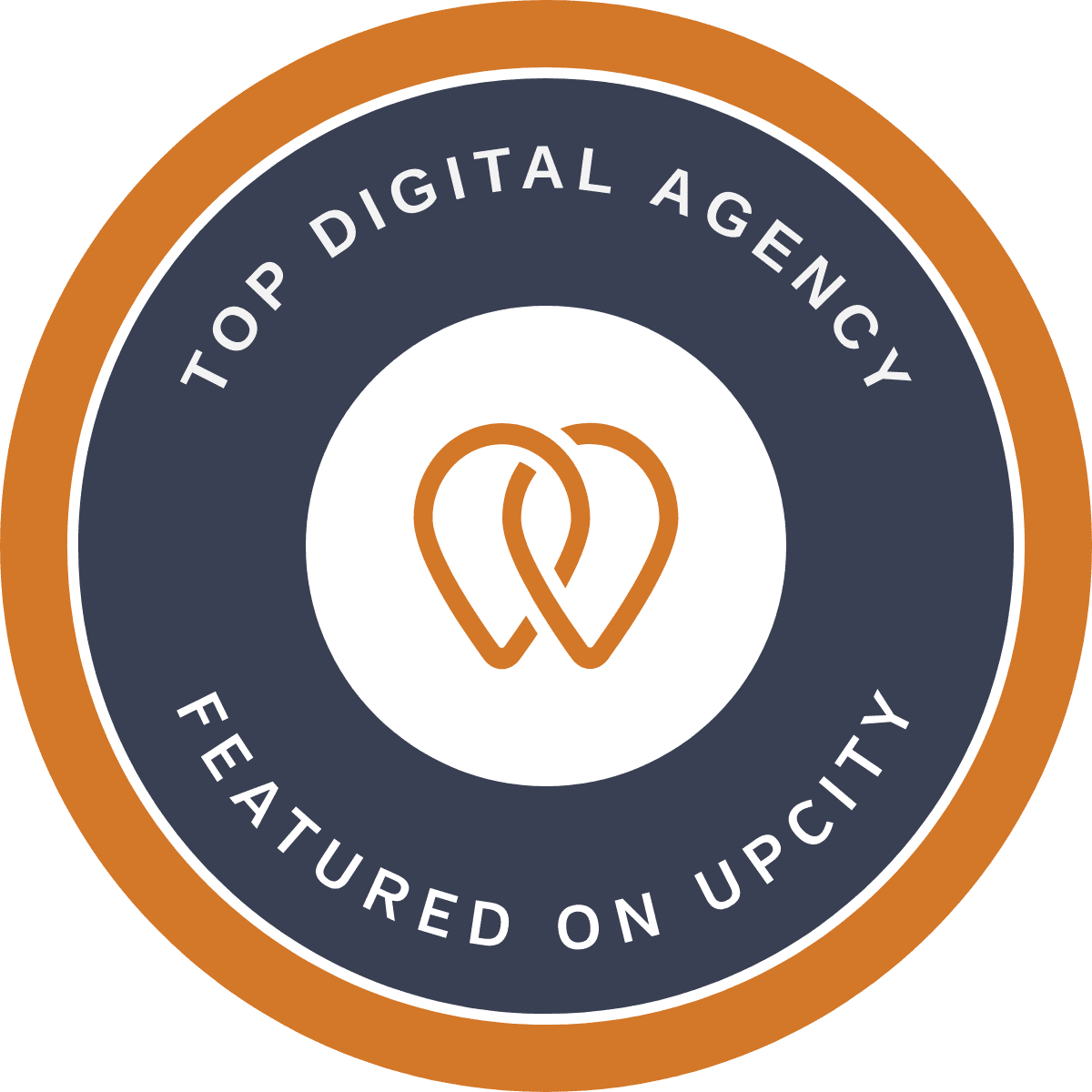
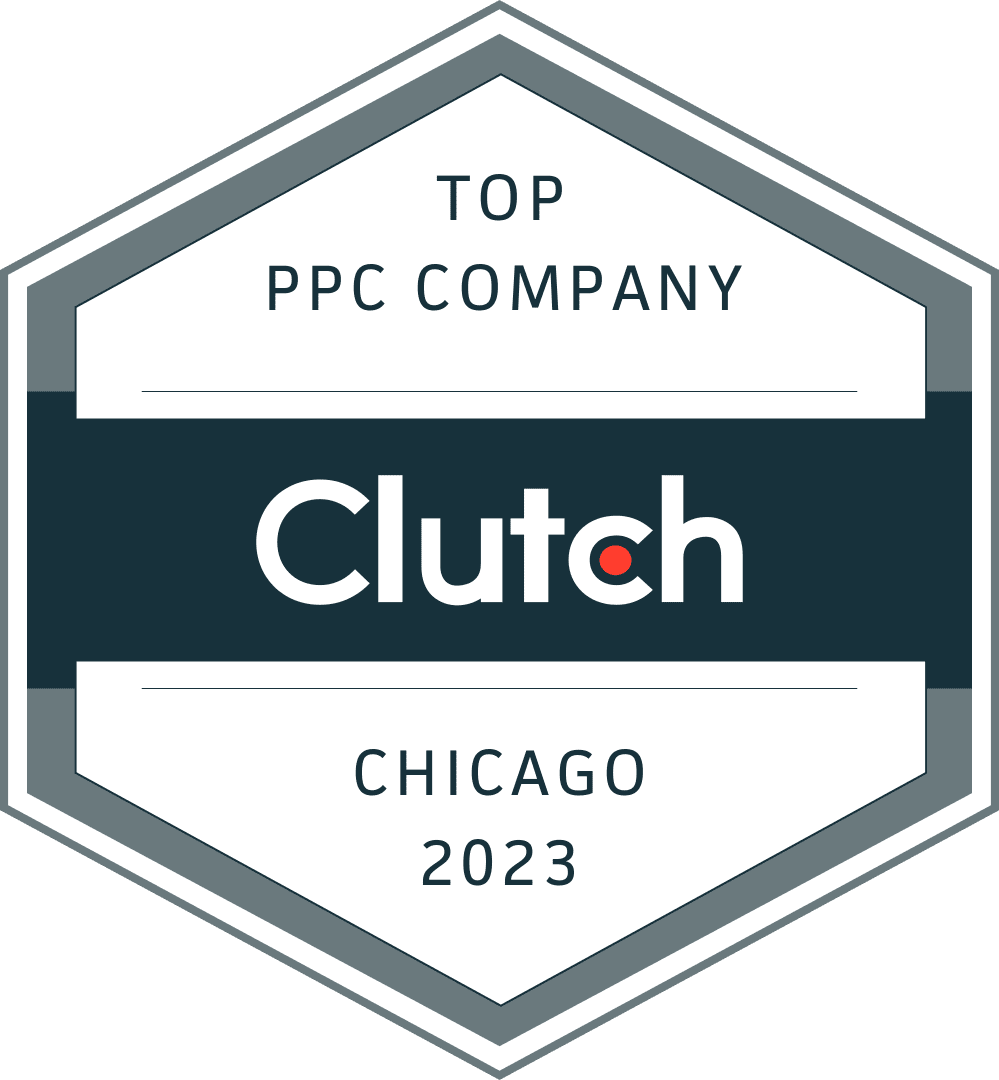

Trying to convert traffic to leads is like trying to catch smoke in a bottle. Whether it’s traffic to a website or traffic driving past a billboard on the highway, you only have a small window to catch a customer’s attention. Once they leave the site or drive past, they’re gone. Wouldn’t it be nice if every prospective customer interested in your services dialed your phone number, filled out a form on your website, or left you with some way of following up?
Lead generation is all about maximizing prospects’ attention so they are eager to get in touch with you and learn more about your services. Our lead generation services supply your sales team with your ideal prospects’ phone numbers, email addresses, and social contacts to begin nurturing a sale.
Book a meeting directly here
Lead generation will quickly & cost effectively help you grow your business. How do we deliver exceptional results for our clients?
A lead generation company identifies the tactics with the highest return on investment—the best-qualified leads for the lowest possible price—and then builds the campaigns that generate those leads.
Our lead-generation service will identify ideal prospects, build a lead-scoring system to find qualified leads, and supply you with analytics to evaluate the effectiveness of those campaigns.
We help you get new business and increase your revenue.
The short answer is that a great lead generation agency is absolutely worth it.
B2B businesses depend on leads. Without leads, there’s no new business, no new revenue, and no new opportunities to grow and scale. Moreover, businesses depend on qualified leads, which are more likely to convert to being a customer.
How will you get those leads? Many organizations find value in outsourcing lead generation activities to agencies. Agencies work together with in-house teams to provide fresh ideas and insights.
For businesses that don’t want to invest in a full-time lead generation department, working with an agency is an easy decision.
A lead generation company is good, first and foremost, when it produces more qualified leads than the company could produce in-house with an allocation of equal resources.
A good lead generation company produces a strong return on that investment—i.e. more money out than in. Companies get a return on investment (ROI) from lead generation when they convert those leads into customers.
What to spend on acquiring a customer depends on average customer lifetime value (LTV). But great lead generation companies go beyond that. They help organizations define their ideal customers, score their leads, analyze the effectiveness of campaigns, and equip sales teams to convert more.
Prices can vary widely for lead generation services, depending on the method and the industry. B2B lead generation can typically range between $2,000 and $20,000 a month, depending on the number of leads a company wants per month.
A highly competitive market such as insurance services with high average lifetime customer value can spend more to acquire a new customer than companies selling nutritional supplements.
In 2019 and 2020, the average cost per lead generated across industries was $198. As a result, lead generation is a great marketing tactic for any organization with a customer lifetime value well in excess of $198. But again lead generation costs depend on the industry and products and services you market.
The best way to discover the cost and value of agency lead generation is to get started. DAP has an excellent reputation for delivering massive value to organizations through our lead generation services and we have the work to prove it. Get in touch today to learn more about our lead generation services.
There are almost as many types of lead generation services as there are leads to generate. Many of the categories overlap. Some categories of lead generation services to consider include:
Have questions about your next project? Schedule a consultation with a DAP expert today and find out what we can do for your business.
DAP has an excellent track record of lead generation success. We have produced 1M+ sales-qualified leads for various industries, resulting in six and seven-figure increases in new business revenue.
The name of the lead generation game is ROI. DAP honors that responsibility with a commitment to results delivered on time and within budget.


This year alone, Digital Authority Partners was named the: Gold Winner – Best Search Engine Optimization Agency, one of the Top B2B Companies by Clutch, an Expertise Best Agency, and one of UpCity’s Top Digital Agencies in the USA.
We build lead-generation campaigns for long-term, sustainable growth, and scalable results.
We helped an environmental manufacturing company grow year-on-year leads by 10%.
We generated a 43% increase in conversion rates for a leading medical device software firm.
We helped a well-known cryptocurrency trading platform experience a 12X increase in leads generated within just 6 months.
200k email subscribers now receive a optimized campaign we delivered for a 100+ year-old travel industry brand.
Increased marketing qualified leads by 25% for a custom software development company.
Delivered a 65% increase in appointments booked a Chicago-based daycare.

If done right, pay-per-click ads can get positive results for your business quickly. This is the primary reason busin...
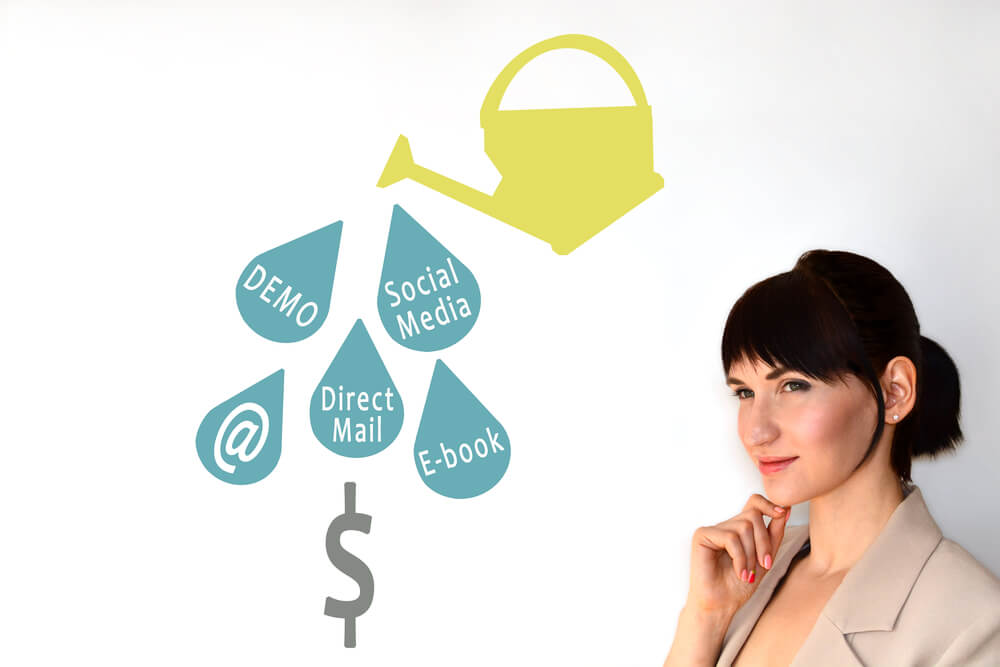
Are you capturing email addresses and other contact details but not sure how to convert these leads into customers? W...

Businesses are constantly changing the way they work, including relying more on the gig economy to get work done. Wit...

A lead is a qualified buyer that has an interest in becoming a customer of your business. Becoming a lead is a natural stage in the typical customer journey, somewhere between their discovery of the brand and the first purchase from the brand. A lead must be “nurtured” and guided towards the sale, their questions answered and their objections handled.
Leads come in many temperatures. A lead is considered “cold” if all you have is their contact information and they have never heard of your organization—but their demographics, occupation, or other characteristics identify them as a potential prospect. A lead is considered “warm” if they know your organization and have expressed some form of interest in your organization. The warmer the lead (i.e. the more interest), the easier they typically are to convert to a paying customer or client.
They may have expressed that interest in any number of ways—by filling out a survey, mailing a response to a direct mail campaign, submitting an inquiry through an email form, submitting their contact information in exchange for a free gift or informational product, becoming a social follower—even by simply visiting the company’s website if the website is armed with a retargeting pixel.
By definition, a lead can be followed up with by the sales team or other team members in your organization. That means you have to have some kind of contact info for them. A lead is not just a name—it must come with an email address, a phone number, a social media channel, or another way of contacting them.
In addition to warm vs. cold, a lead may be qualified or unqualified. A qualified lead is a lead that could benefit from your product, service, or solution, and is in a position to buy it. There are two major types of qualified leads—sales-qualified leads (SQL) and market-qualified leads (MQL).
There are leads, and then there are great leads. Typically, the highest-quality leads are sales-qualified leads (SQL). Not to be confused with a structured language query (that’s SQL in computer science), in marketing and sales an SQL is a lead who has expressed interest in buying from an organization, and who has the ability to buy.
Think about a lead that enters their email address into a contact form. If they enter their information to access a free gift or information product, maybe they are interested in becoming a buyer; maybe they aren’t. Not necessarily an SQL.
Consider another lead, one that fills out a contact form and asks pointed questions about the product. You can infer that they are at least considering buying, perhaps shopping around to compare your product, service, or solution to competitors. This person is much more likely to be an SQL.
The other component of an SQL is being qualified to buy, not just interested. First and foremost, a sales-qualified lead can afford to buy your solution. Secondly, an SQL can not only afford the solution but will get the maximum possible value out of the solution. The lead might be qualified to buy along these lines if they fit a certain demographic (age, occupation, credit, etc.), past purchase history with competitors or adjacent companies, or if they confirm their qualifications by their answer to a direct or indirect question on a survey.
This makes it more likely that the lead will convert not only to a customer or client, but also a repeat buyer and potential brand ambassador to build positive word-of-mouth around your organization—the best possible form of marketing.
Beneath SQL is MQL—marketing-qualified leads. An MQL has expressed interest in your brand in some way. Maybe they followed your social media profiles or filled out an email opt-in form to get a free gift or another valuable freebie.
This is better than nothing—at least they know you exist, and you have a channel of communication to follow up with them. An MQL is a perfectly good lead, worthy of follow-up.
What is missing? The qualification. Can the lead afford the product, service, or solution? Can the lead make maximal use of the solution, leading to repeat business and brand ambassadorship? Who knows. Demographic data might give you some idea, but generally speaking, an MQL is less warm and less qualified than an SQL.
Does this mean that an MQL is not worth following up with? Absolutely not! An MQL might be a future SQL and indeed a future purchaser that just needs more qualification, as well as more nurturing towards a purchase.
Generally speaking, MQL is a step on the lead lifecycle—from MQL to SQL to customer. Some customers may skip straight to SQL, while others may transition quickly from MQL to sales. But the goal at this stage in the customer journey is to transition MQL to SQL as quickly as possible.
While SQL and MQL are the two major categories of lead qualification, a few others are worth mentioning. Examples include:
PQLs may be warmer leads because they may have experienced value from the product and know what their money will get them. It can also reduce the cost of customer acquisition significantly when properly performed.
These users have indicated a potential interest in upgrading their service stack. They can be an easy source of revenue for an organization and way for sales teams to meet their quotas. After all, you’re already dealing with a happy customer who is spending money with you and wants to spend more money with you.
On sales floors of decades past, hapless new salespeople may have been asked to simply dial the phone book or knock on doors—true cold calls. It’s a shock-and-awe approach, but not very high-margin.
Unqualified leads may have their place in some sales organizations, but one of the best reasons to hire a lead generation service is to avoid this fate—to focus the talents of your sales team on actual qualified leads, to do more with less. The internet makes it easier than ever to perform a basic level of qualification on all leads.
If some leads are “better” than others—or at least, at a glance, more likely to escalate towards a sale—an organization needs a way to identify the “quality” of the leads they acquire. Lead scoring is a process by which leads are sorted based on their various qualities, including buying temperature, qualification, and position within the customer journey.
This isn’t entirely or even mostly to figure out how much attention to pay to each lead. Ideally, every lead gets nurturing treatment, because every lead is theoretically a potential sale waiting to close.
Rather, lead scoring dictates the treatment each lead gets—customized nurturing treatment based on where the lead stands within the buyer’s journey. A “hot” lead may be ready for a hard close, but a cold or MQL lead may need a softer touch. A hard close may scare them away. Lead scoring can also help triage leads into the hands of the right salesperson, the team member best qualified to shepherd those leads to the next stage in the buying journey.
So what could lead scoring potentially look like? Here are the basic steps:
Leads are generated through marketing—the act of creating brand awareness and brand trust to the point where your brand becomes “top-of-mind” in your field when someone thinks of your industry. Marketing to generate leads comes in two basic forms—outbound marketing and inbound marketing.
Outbound marketing used to be the only way to get your message in front of prospects and generate leads. All forms of “traditional” marketing—billboards, magazine ads, cold calls, etc.—were outbound marketing. Essentially, outbound marketing takes your message to the market, as opposed to the market coming to your message.
This is done by “renting” a user’s attention—for example, paying a TV network to insert a commercial into a show that people turn up to watch in droves, preferably people of your target demographic. Another example is holding an event or creating a stall at a trade show where prospects will pass by.
While inbound marketing gets the lion’s share of the attention, outbound marketing has an important place in modern marketing campaigns. It’s not just “antiquated” techniques like billboards and direct mail—which do still work! Modern digital marketing practices offer many opportunities for digital outbound marketing. Examples include:
Inbound marketing is all the rage in the digital world. Rather than going to the customers as with outbound marketing, inbound marketing involves creating the conditions for your customers to come to you—to discover your brand, possibly before they even consider making a purchase.
Inbound marketing is all about giving value as opposed to renting attention. The distinction can be subtle, but inbound marketing has the potential to build strong, organic brand preferences in your potential customers. Why? Because you aren’t fighting for their attention, interrupting their TV shows or Facebook feeds to shout your message at them.
Rather, inbound marketing puts the consumer in the driver’s seat. Whatever actions you took behind the scenes to facilitate the brand discovery, the prospect at least feels like (s)he is in the driver’s seat, discovering your brand in the course of their ordinary activities as the natural solution to their problem.
Examples of inbound marketing include:
The “lead” stage is natural in most buyer journeys. Before they become a customer, most prospects will become a lead that requires outreach and nurturing toward a sale.
By extension, if a company has no leads, it is unlikely to generate sales. Most prospects don’t transition from cold traffic to paying customers. They have to pass through the lead stage, opening the door for sales professionals to close the sale.
Moreover, even paying customers are leads for other products and upgraded services. Even a completely automated sales process, like an ecommerce store or digital sales funnel, must involve the collection of the prospect’s contact info as a lead.
What if the prospect doesn’t buy right then and there? At least with the contact info, they become a lead—a prospect who discovered the brand and was interested enough to hand over contact information, and therefore potentially an interested buyer in the future.
Even if the prospect does purchase through the automated customer journey, many companies don’t make their real money on the first purchase. The first purchase may not even cover the expense the brand incurred to acquire that customer. Rather, their money is made on the back end—on upselling and cross-selling to that prospect.
In that sense, a past customer is a lead for future sales and a critical source of revenue for many organizations. By focusing on back-end sales, companies can afford to spend more than their competitors to acquire a lead—the ultimate winning strategy in marketing. Whoever can afford to spend more to acquire a customer, wins that customer.
B2B (business-to-business) companies depend heavily on lead generation due to the differences that distinguish B2B customers (businesses) vs. B2C customers (consumers).
Business-to-consumer (B2C) organizations need to reckon with the peculiarities of consumer behavior. Consumers tend to make impulsive or emotional purchases, but they also like a deal. Competing on price can work (at least temporarily) for B2C sales. So can automated sales funnels and customer journeys, which can be calibrated to increase buying temperature and lead to automated sales.
B2B organizations have an entirely different hurdle of trust to clear. Businesses don’t indulge in impulse purchases. They aren’t even necessarily looking for the lowest price. When they go shopping, businesses seek the best solution. After all, with the right solution, a business might stand to make a lot more money than they spend on it. Raw pricing isn’t as important as return on investment (ROI), the amount they stand to gain in exchange for what they spend.
B2B organizations must therefore convince prospects that their solution is the best. This may require significant content and outreach from sales representatives to understand the prospect’s needs, pain points, and concerns, overcome objections and facilitate the transition from lead to paying customer.
Many well-established methods of lead generation exist. Different methods will be more or less appropriate, depending on the organization. We have mentioned a few of the above in the “basics of lead generation” section, but here is a more comprehensive list:
Many of the subsequent methods spring from the early methods, but they get more specific about how you will convert traffic to leads. For example, you could use direct-response digital marketing to promote a webinar. Conversely, content marketing is usually part of an SEO strategy.
Finally, we come to traditional methods of lead generation, which still produce results to this day and may still have a place in modern lead generation campaigns.
To identify a successful lead generation campaign, you have to track results. One of the advantages of digital marketing is that it is easy to track—every action on the web is documented and can be quantified using analytics tools. Offline marketing is harder to count—you may have to rely on a written questionnaire, phone surveys, or other forms of self-reporting.
Once you know how many leads a particular campaign generated, you can divide that number into the cost of the campaign to determine your cost per lead. What is a good cost per lead? It depends on other factors, including your lead conversion rate and customer lifetime value.
With these metrics, you can form a basic equation of the return-on-investment (ROI) of your lead generation campaign.
Of course, that assumes all leads are created equally, and we know they are not. You should also score the leads produced by the campaign and track how many of the new leads are sales-qualified leads (SQL), marketing-quality leads (MQL), and so on.
Both online and offline lead generation efforts can produce similar results. Online lead generation steals the lion’s share of the attention for several reasons:
That being said, some organizations in certain industries will experience excellent ROI from offline marketing methods. It should at least be considered in a holistic lead generation strategy.
Lead generation services thrive on niches—industries that they can cater to directly with leads those industries will value. Some of the largest lead generation niches include:
Outsourcing your lead generation means hiring a third-party lead generation service provider to generate leads for you using any or all of the above-mentioned methods. Such a lead-generation service may charge you a flat fee, a fee per lead generated, a fee per sales-qualified lead generated, or something similar.
Hiring a professional lead generation service may be an extra expense, but you have the advantage of not having to devote time and resources to generate leads yourself. Expert lead generation services may even produce greater ROI than you could through your own efforts by generating more leads, more sales-qualified leads, and possibly by helping you increase your lead conversion rate.